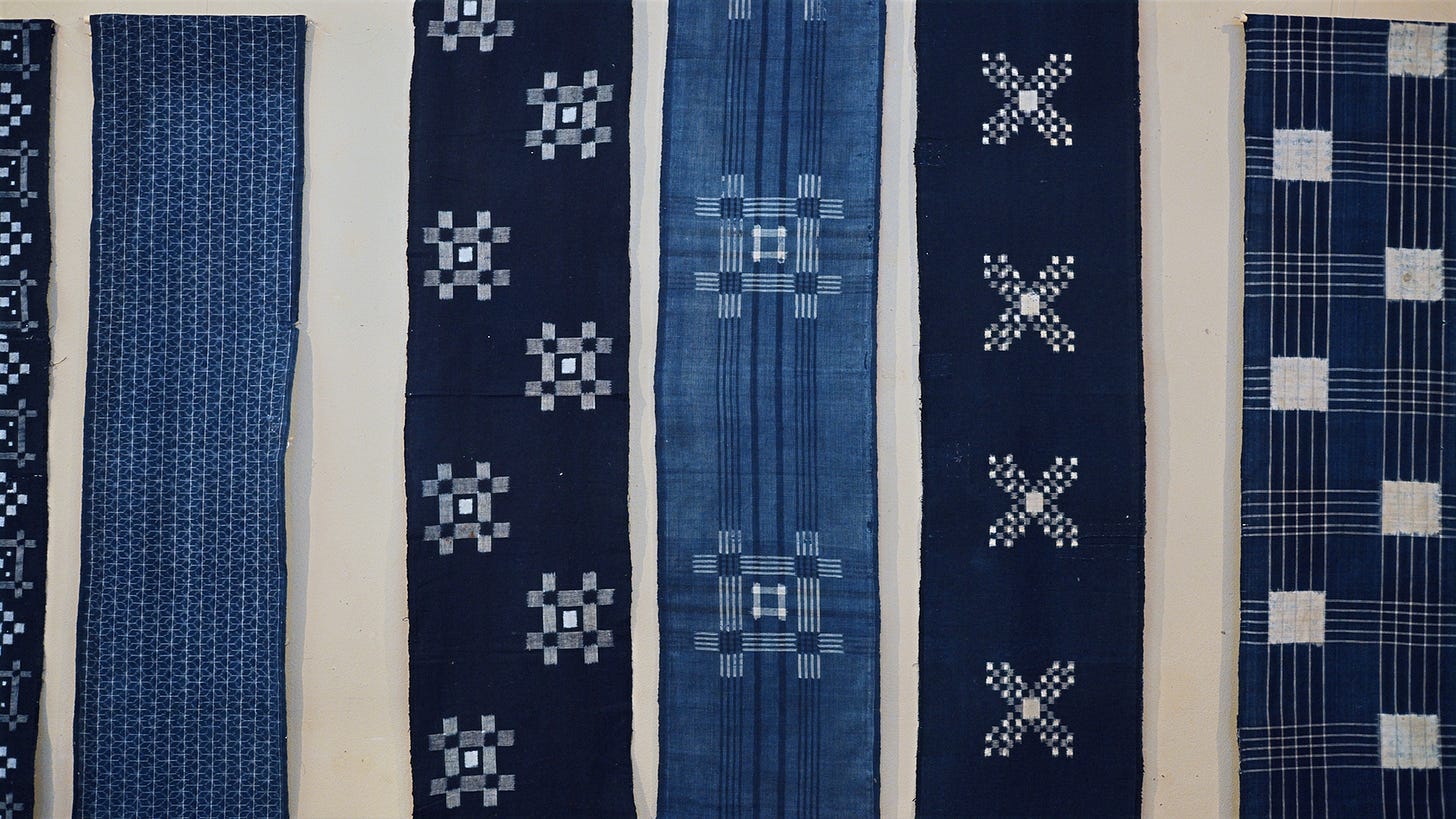Discovering Mingei, Japan’s Artifacts
The Living Legacy of Shoya Yoshida and Tottori’s Unique Approach to Japanese Folk Crafts
The concept of Mingei (民藝)—Japanese folk crafts—was first introduced by Soetsu Yanagi (柳宗悦, 1889–1961), sparking a nationwide movement that profoundly influenced local artisans and collectors. Yanagi’s movement inspired individuals across Japan to seek out and preserve unique folk crafts from their hometowns. This regional variation emerged naturally, as authentic Mingei items were historically created within rural communities, reflecting the distinct lives and traditions inaccessible to Tokyo-based collectors like Yanagi.
Among the regions deeply enriched by the Mingei movement, Tottori Prefecture stands out as a remarkable example. Although Tokyo hosts the renowned Japan Folk Crafts Museum, visitors there can only observe the exhibits without experiencing them firsthand. However, to truly understand the essence of Mingei, one must use these crafts in daily life, as they inherently carry the character and culture of their places of origin.
A key figure who made significant strides in this direction was Shoya Yoshida (吉田璋也, 1898–1972), a physician born in Tottori. Inspired by Yanagi’s philosophy during his medical school years, Yoshida passionately explored ways to incorporate the beauty of Mingei into everyday life. Even the clinic he established became a carefully curated space showcasing the charm of locally collected crafts. Yet Yoshida’s most crucial contribution was creating an environment that enabled people to fully experience Mingei through “viewing, purchasing, and using” these beautiful crafts—a project that spanned three decades.
In 1932, Yoshida opened the Tottori Takumi Craft Store to facilitate the “purchase” of Mingei. He followed this in 1949 by establishing the Tottori Folk Crafts Museum for “appreciation,” located conveniently opposite his clinic. In 1962, he completed the cycle by opening the Takumi Kappo Restaurant, allowing guests to enjoy dishes made with local Tottori Wagyu beef, served on genuine Mingei tableware.
Thanks to Yoshida’s dedicated efforts, Tottori City now uniquely offers a comprehensive, immersive experience where people can truly appreciate, acquire, and utilize folk crafts. While several museums across Japan exhibit Mingei pieces, none offer such a rich, hands-on approach as Tottori, making it an invaluable destination for experiencing this living tradition.
Among Tottori’s renowned Mingei traditions is Kasuri (絣), often misunderstood merely as a type of kimono fabric but actually a sophisticated weaving technique. Kasuri involves using pre-dyed threads—warp, weft, or both—to create intricate patterns during weaving. If pre-dyed threads are used only for the warp, it’s known as tate-kasuri (経絣); for the weft, it’s yoko-kasuri (緯絣); and when both are used, it’s called tate-yoko-kasuri (経緯絣). Fabrics dyed after weaving do not qualify as Kasuri. Predominantly, silk, cotton, and hemp are employed, depending on regional availability.
Though Kasuri is practiced worldwide, it requires exceptional skill. Craftspeople must precisely envision the final patterns while carefully dyeing threads, leaving some parts intentionally undyed. Even one misplaced thread can disrupt the entire design—a testament to the intricacy and artistry of the technique.
In Japan, over 100 varieties of Kasuri developed during the late Edo period, when its mass production was promoted. Most famous are Ehime’s Iyo Kasuri, Fukuoka’s Kurume Kasuri, and Hiroshima’s Bingo Kasuri, along with notable variants like Gunma’s Isesaki Kasuri, Kagoshima’s Satsuma Kasuri, Okinawa’s Ryukyu Kasuri, and Shiga’s Omi Kasuri. This diverse tradition mainly flourished in western Japan, tracing its roots through Okinawa from India via Southeast Asia.
In Tottori specifically, two varieties stand out: Yumihama Kasuri and Kurayoshi Kasuri, complemented by neighboring Shimane’s Hirose Kasuri. Yumihama Kasuri peaked from the mid-Edo to early Meiji periods but now faces severe decline as practitioners grow increasingly scarce. Historically, Yumihama was renowned for its high-quality cotton and indigo, elements integral to its distinct Kasuri culture. Traditionally woven by farmwomen for their families, Yumihama Kasuri embodies the heart of rural craftsmanship.
Today, more than a century after Yanagi initiated the Mingei movement, Japan is rediscovering the beauty and sustainability embedded in folk crafts—an essential reaction against overly industrialized modern society. Without visionaries like Yanagi and Yoshida, countless local crafts might have vanished forever. Now, Mingei serves as a timely reminder of the values and connections we have lost in contemporary life.



